A standard arm sling consists of a lightweight fabric pouch and adjustable straps that secure the arm comfortably. It helps distribute weight evenly to prevent strain on the shoulder and neck. Many models also include padded shoulder straps and thumb loops for additional support and comfort.
Commonly used for:
✔ Shoulder dislocations & fractures
✔ Arm and wrist injuries
✔ Post-surgical recovery (rotator cuff, elbow surgery, etc.)
✔ Sprains, strains, and ligament tears
Key Features of an Arm Sling
✔ Ergonomic Design – Supports the arm in a natural position
✔ Adjustable Straps – Customizable fit for maximum comfort
✔ Breathable & Lightweight Fabric – Reduces sweating and discomfort
✔ Padded Shoulder Strap – Prevents neck and shoulder strain
✔ Thumb Loop Support – Keeps the hand in a relaxed position
✔ Universal Fit – Suitable for both left and right arms
Advantages of Using an Arm Sling
🔹 Supports and Immobilizes the Arm – Reduces to prevent further injury
🔹 Promotes Faster Healing – Keeps the injured area stable for better recovery
🔹 Reduces Pain & Discomfort – Proper positioning relieves strain on muscles and joints
🔹 Enhances Post-Surgical Recovery – Protects surgical movement sites and prevents accidental strain
🔹 Easy to Wear & Adjust – Designed for comfort during daily activities
Specifications
- Material: Soft, breathable fabric with reinforced stitching
- Closure Type: Adjustable Velcro or buckle straps
- Usage: Ideal for injuries, post-surgical recovery, and orthopedic conditions
An arm sling is essential for stabilizing the arm and shoulder during injury recovery. Whether you’re healing from a fracture, surgery, or strain, this lightweight, comfortable support device ensures optimal recovery and pain relief.
FAQs About Arm Slings
1. What is an arm sling used for?
An arm sling is designed to support and immobilize the arm, shoulder, or wrist after an injury or surgery. It helps:
✔ Prevent excessive movement that could worsen an injury
✔ Reduce pain and discomfort by keeping the arm in a stable position
✔ Promote faster healing by minimizing strain on muscles and joints
2. When should I wear an arm sling?
You should wear an arm sling if you have:
✔ A broken arm, wrist, or collarbone
✔ A shoulder dislocation or rotator cuff injury
✔ Had surgery on your arm, elbow, or shoulder
✔ A sprain, strain, or other upper limb injury
Your doctor will advise you on how long you need to wear it.
3. How do I properly wear an arm sling?
To wear an arm sling correctly:
🔹 Place your arm inside the sling pouch, ensuring your elbow is fully supported
🔹 Adjust the shoulder strap so your arm rests comfortably at a 90-degree angle
🔹 Use the thumb loop (if available) to prevent hand fatigue
🔹 Make sure the sling is snug but not too tight to avoid circulation problems
4. Can I sleep while wearing an arm sling?
Yes, but follow these tips for comfort and safety:
✔ Use extra pillows to support your arm and prevent rolling over
✔ Adjust the sling straps for a comfortable fit
✔ Sleep in a semi-upright position if recommended by your doctor
5. How tight should my arm sling be?
Your arm sling should be snug but not too tight. If you experience:
❌ Numbness, tingling, or swelling in your fingers – Loosen the strap slightly
❌ Neck or shoulder discomfort – Adjust the strap for better weight distribution
6. Can I shower while wearing an arm sling?
Most arm slings are not waterproof. If your doctor advises you to keep your arm immobilized while bathing:
✔ Use a waterproof cover to protect your sling
✔ Consider sponge baths to keep the injured area dry
✔ Switch to a waterproof medical brace if permitted
7. How do I clean my arm sling?
To keep your arm sling fresh and hygienic:
✔ Hand wash with mild soap and cold water
✔ Air dry completely before wearing again
✔ Avoid machine washing or high heat drying to prevent damage
8. Can I drive while wearing an arm sling?
No. Driving with an arm sling limits mobility and reaction time, making it unsafe. You should:
❌ Avoid driving until cleared by your doctor
❌ Arrange for alternative transportation if needed
9. How long should I wear an arm sling?
The duration depends on your injury. Typically:
✔ Fractures & dislocations: 3–6 weeks
✔ Post-surgical recovery: As per your doctor’s instructions
✔ Minor sprains or strains: A few days to a couple of weeks
Always follow your doctor’s recommendations for the best recovery.
10. Where can I buy a high-quality arm sling?
You can find durable, comfortable arm slings at 1 Ten Supplies, designed for maximum support and recovery.
Recover with confidence – Order now with FREE DELIVERY!

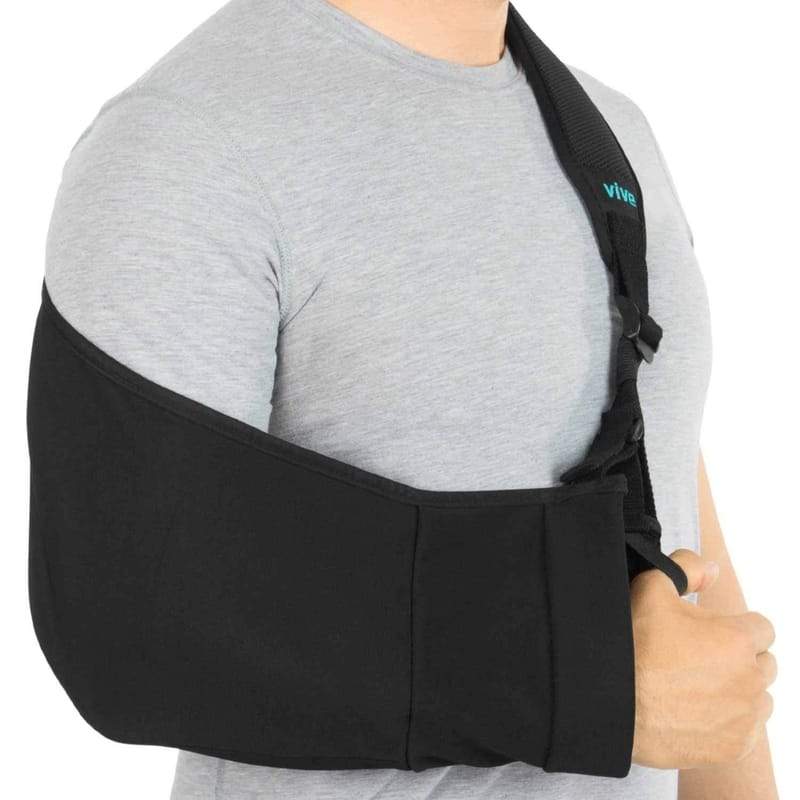
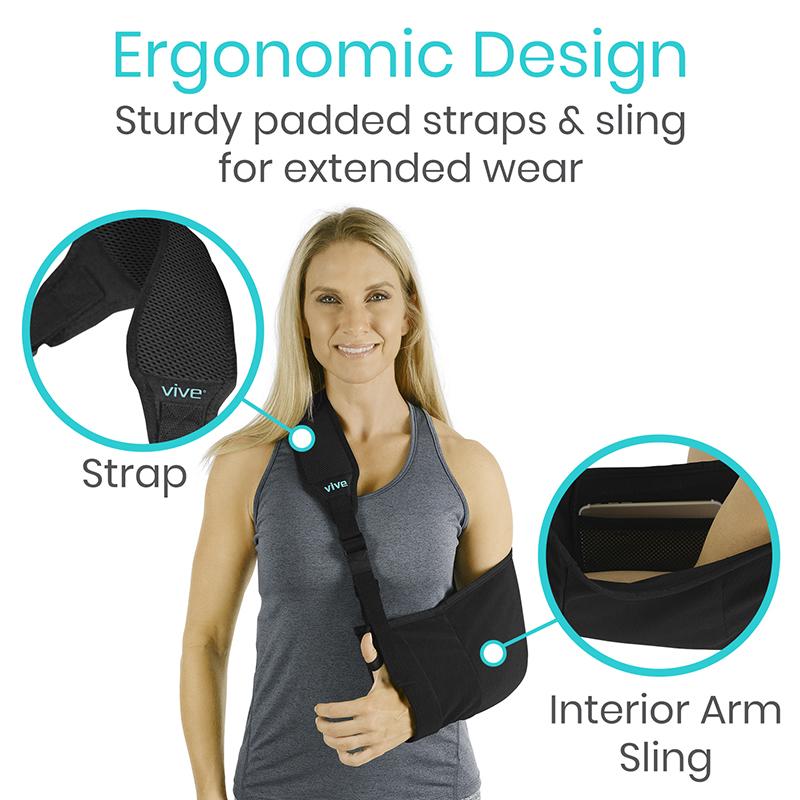
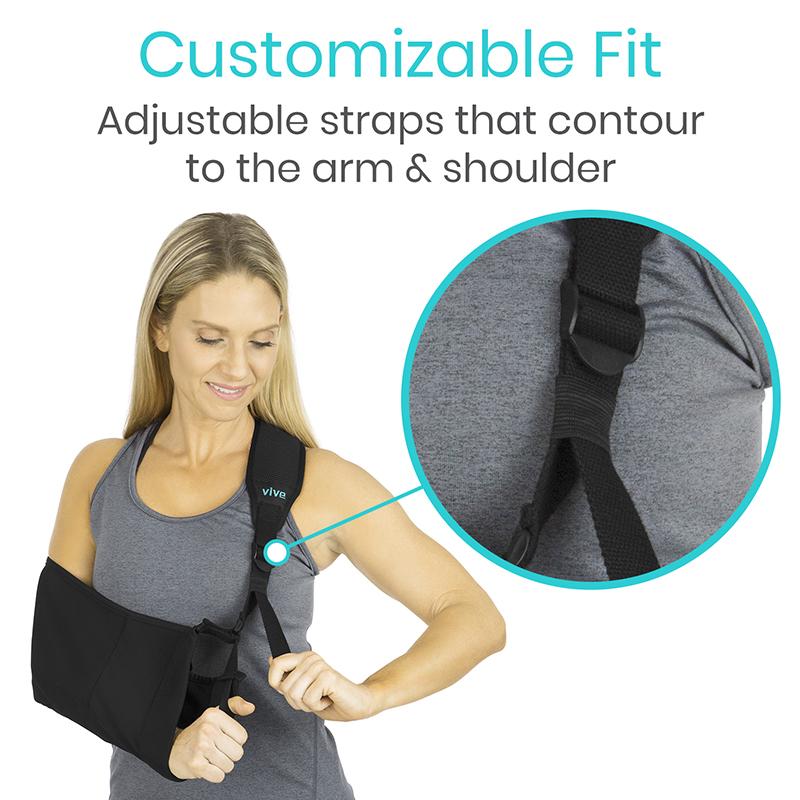
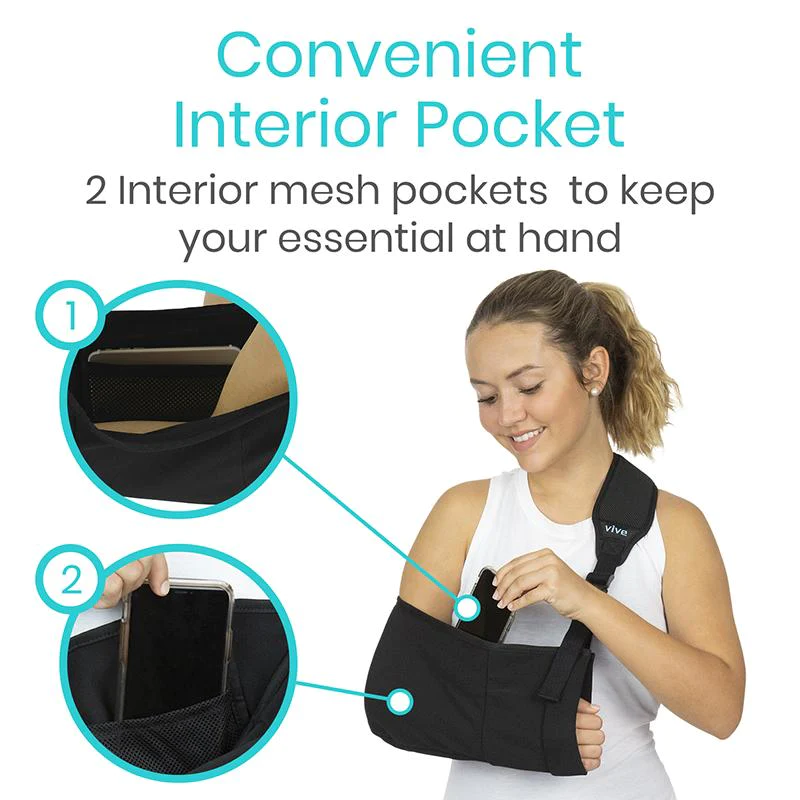
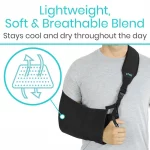
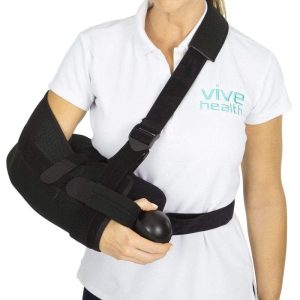
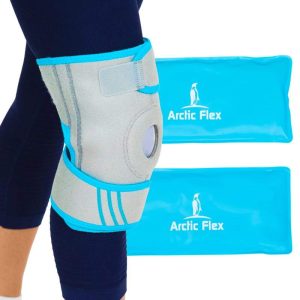

Reviews
There are no reviews yet.